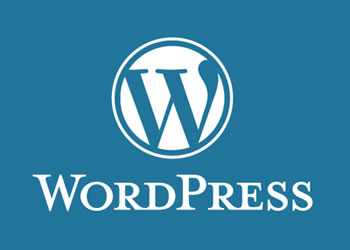Should You Worry About Your Bounce Rate?
A low bounce rate is often cited as a hallmark of a good website – 40% or lower is typically heralded as the goal. But does it really matter that much? The answer is “yes” and “no” depending on your goals and your site.
What does bounce rate mean?
“Bounce rate is the percentage of single-page visits or visits in which the person left your site from the entrance (landing) page” – from Google’s Analytics help pages.
When does bounce rate matter?
– If you have a sales or conversion process which requires the user to follow through multiple pages on your site
– If exploration of your site is important to you
– If you are trying to turn new visitors into loyal readers or customers
– If yours is a retail site and want people to shop around and make purchases
– If your homepage is not inducing further clicks, particularly if it contains blog excerpts or other ‘teaser’ content
What a high bounce rate could mean:
– It could be an indication that your keywords are not aligned with your content (in cases where people are coming from search engines) or are misleading your visitor so that the page they land on does not meet their expectations
– Additional content is not easy to find, or the options are confusing or unclear
– Site navigation is not easy to use
– The next step is not made clear
– Your offer or product is not presented in a compelling or easy to understand way
– Your content is not compelling
– There could be a technical problem – broken images or links, or something on the page not loading up correctly.
When is a high bounce rate not necessarily a bad thing?
– If your blog homepage contains all your recent posts in their entirety – Blogger blogs are notorious for this. When all your posts are presented up front there would be little reason for someone to click to any other pages.
– It’s possible that if you have more returning visitors than new visitors to your blog, especially those that are subscribers, they may just want to read the newest thing you’ve posted and have no need to visit other pages.
– If you are promoting a landing page which contains the call to action within it, such as submitting an email address, that page can do its job effectively without require further clicks.
– If the call to action or conversion takes your visitor off-site – to an external shopping cart or email sign up for example – this would look like a bounce, but can still be a conversion.
– Blogs typically have higher bounce rates compared to other types of sites so the same benchmarks do not apply.
Bounce rate is not the only metric
Don’t look at bounce rate in isolation – look at the overall picture of your website and how it’s performing according to the metrics that matter to you. What DO you want your visitors to do at your site? Are you making it easy for them to do that, and are you measuring it?
Look for trends and other data that gives you a fuller picture of what the bounce rate really means:
– Is the bounce rate higher or lower for certain keywords?
– Does it vary according to how people found your site? Search engines vs. social media, for example.
– How does it vary with New vs. Returning visitors?
– Which particular pages or types of content on your site have higher or lower bounce rates?
– Look also at length of time the visitor spends on the page which could indicate whether or not they are reading what they find – this is very important for a blog.
What other factors can make bounce rate an issue, or non-issue? How much attention do you pay to your bounce rate?

 It’s been a little while since I’ve done any WordPress webinars or in-person classes. But I finally got around to setting up a few. Just to clarify, webinars take place online only whereas classes are conducted in small groups in…
It’s been a little while since I’ve done any WordPress webinars or in-person classes. But I finally got around to setting up a few. Just to clarify, webinars take place online only whereas classes are conducted in small groups in…